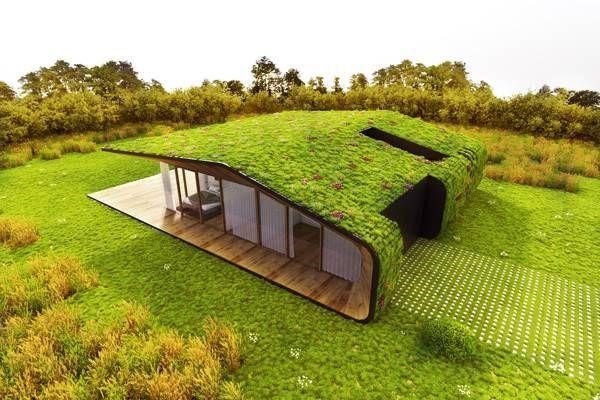In recent years, the concept of sustainable development has gained significant momentum, largely driven by increasing awareness of climate change, resource depletion, and environmental degradation. Among the various sectors impacted by this shift, real estate has seen a growing demand for eco-friendly properties that prioritize sustainability, energy efficiency, and reduced environmental impact in canary wharf apartment for sale. This surge in interest reflects a broader societal move toward greener lifestyles, spurred by both environmental concerns and the tangible economic and health benefits associated with sustainable living. Eco-friendly properties are designed with sustainability at their core. These buildings are constructed using environmentally responsible materials, utilize renewable energy sources like solar or wind power, and incorporate energy-efficient technologies such as smart thermostats, LED lighting, and advanced insulation systems. Moreover, they often feature water conservation systems, such as rainwater harvesting and greywater recycling, and prioritize the use of non-toxic, sustainable building materials like bamboo or recycled steel. These practices not only minimize a property’s carbon footprint but also reduce utility costs for occupants, making them more attractive to both buyers and renters.

The demand for eco-friendly properties has also been driven by a combination of government regulations, market incentives, and corporate responsibility. Governments around the world are increasingly implementing stringent building codes and environmental regulations aimed at reducing greenhouse gas emissions and promoting sustainable construction practices. Furthermore, financial incentives, such as tax credits and rebates for energy-efficient upgrades, have made it easier for developers and homeowners to invest in eco-friendly properties. At the corporate level, businesses are recognizing the reputational and financial advantages of green buildings, which appeal to environmentally conscious consumers and contribute to long-term operational savings. From a market perspective, the appeal of sustainable properties extends beyond mere environmental considerations. Homebuyers and investors are increasingly recognizing the long-term financial benefits of these properties, which tend to have lower operating costs and higher resale values compared to traditional buildings.
Energy-efficient homes, for example, can significantly reduce utility bills, making them more cost-effective over time. Additionally, eco-friendly properties often experience faster appreciation in value due to growing consumer preference for sustainability. This trend is particularly pronounced among younger generations, such as Millennials and Generation Z, who are more likely to prioritize environmental responsibility in their purchasing decisions. Health is another critical factor driving the demand for eco-friendly properties. Green buildings are often designed with indoor air quality and natural ventilation in mind, reducing exposure to harmful chemicals, allergens, and pollutants. This emphasis on creating healthier living environments is especially appealing in urban areas, where pollution and overcrowding are common issues. As people become more conscious of their health and well-being, the demand for homes that support a healthier lifestyle continues to rise.